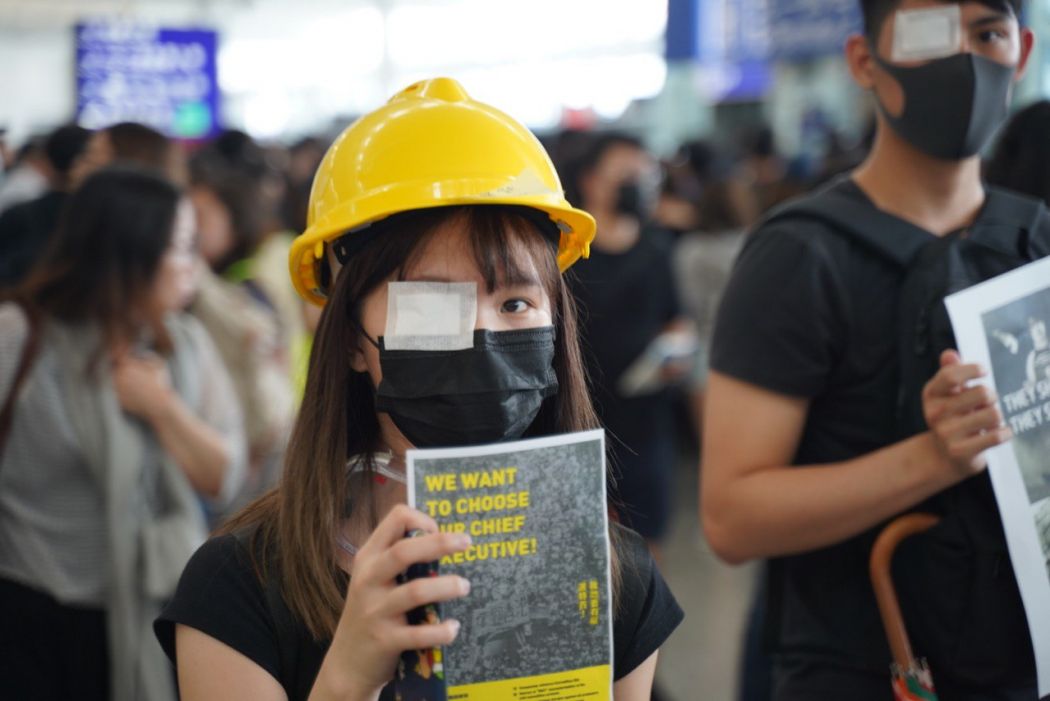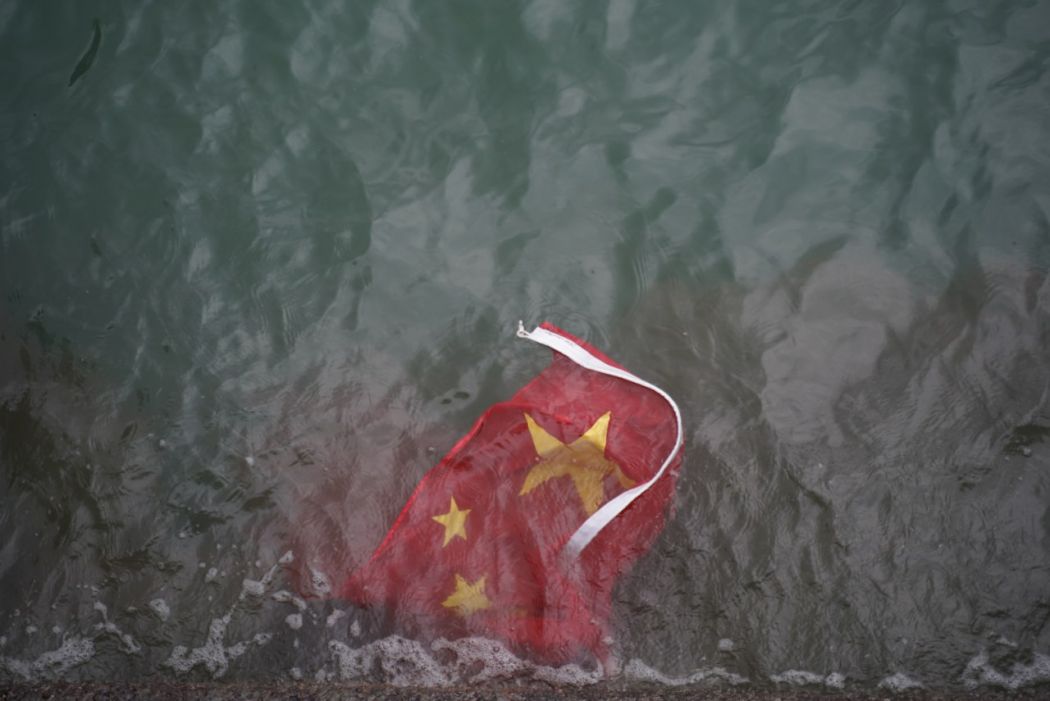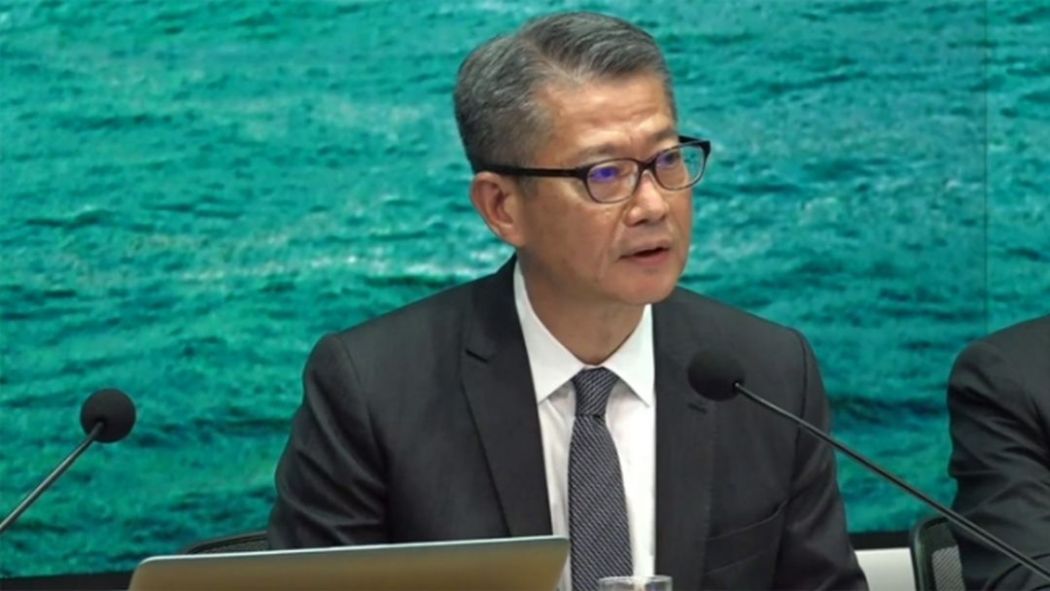Former deputy police commissioner Alan Lau Yip-shing, now pointedly unretired, certainly knows how to reenter the stage with a big splash—not to mention a crash, bang and boom.
In the week since Lau’s return, the embattled Hong Kong Police Force, whose confidence and morale had been badly shaken by 10 consecutive weeks of increasingly hostile anti-government protests, has seemingly found its swag and stepped up its response to the hit-and-run, guerrilla-style tactics of protesters to new and unprecedented levels.

The outcome has been positively frightening and, if the escalation continues, the consequences could be even more dire.
Thanks to Lau, who oversaw police operations during the 79-day Occupy protests in 2014 and the Mong Kok riot two years later, police have now taken their fight to restore order in Hong Kong into the city’s teeming public transport system, firing tear gas last Sunday at retreating protesters in the Kwai Fong MTR station and shooting pepper balls at another protest contingent inside the station at Taikoo.
Meanwhile, out in the streets, undercover cops masquerading as protesters in signature black T-shirts, face masks and yellow hardhats helped uniformed officers make mass arrests in Causeway Bay, and NOW TV footage appeared to show an officer planting evidence (sharpened bamboo sticks) in the backpack of a man who had been arrested and handcuffed there.
In Tsim Sha Tsui, a woman protesting outside the police station, allegedly shot by a beanbag round fired by police, could lose sight in her ruptured eye.
And what was the net result of this heightened, roughshod show of force directed by Lau?

Quite predictably, angry protesters responded by also upping the ante.
Now wearing eye-patches and carrying signs reading “An eye for an eye” in honour of the young woman injured in Tsim Sha Tsui, thousands of demonstrators swarmed the departure and arrival halls at Hong Kong International Airport, causing wholesale flight cancellations and bringing services there to a virtual halt on Monday and Tuesday.
This was a major embarrassment to one of the world’s busiest airports and to its host city, a global financial hub.

Things got particularly ugly late Tuesday night when, outside Terminal 1, police employed pepper spray on protesters who had, in a shocking new low for the movement, assaulted and detained two mainlanders, one visiting from Shenzhen and the other a reporter for the Global Times, whom they suspected of being undercover agents working for Beijing.
On Wednesday, the Airport Authority announced that it had obtained a court order restricting protests to designated, circumscribed areas, a welcome relief to the weary, frustrated travellers who had been prevented from getting in and out of the city on Monday and Tuesday, but the court injunction solves nothing.

While protests at the airport have now been severely limited, the citywide tit-for-tat escalation of tensions is likely to continue as Hong Kong’s summer of discontent threatens to turn into a possibly apocalyptic autumn.
Stop already or somebody is going to die—indeed, maybe multiple somebodies: a protester, a cop, an innocent bystander or, in the worst case, perhaps all and many of the above.
But who has the power and persuasive authority to hold up the stop sign on this potential disaster? Who can put Lau back into his retirement cage, calm the protesters, reassure Beijing and bring a semblance of peace and normality back to Hong Kong?
Tragically, at this point, the answer is no one.
As police and protesters have clashed in pitched street battles week after week, the Hong Kong government, from Chief Executive Carrie Lam Cheng Yuet-ngor on down, has lost any semblance of credibility, both locally and internationally, while Beijing attempts to blame what is obviously an authentic, altogether pissed-off homegrown movement on foreign forces, calling out for special mention the United States, with whom it is currently engaged in a nasty, prolonged trade war.

Let’s face it, Lam and her hapless band of ministers have virtually abdicated, handing the governance of Hong Kong over to Beijing’s Liaison Office in the city. And Liaison apparatchiks appear to be taking directives from a coterie of Communist Party officials who have formed a Hong Kong watch committee in neighbouring Shenzhen, where People’s Liberation Army (PLA) troops, armoured personnel carriers and tanks have also reportedly assembled.
Make no mistake about it, we have arrived at a perilous point in Hong Kong’s post-handover history.
If the police cannot hold the line in their escalating war with protesters, then we will see the nightmare scenario of the PLA occupying the streets of Hong Kong.
The death of Hong Kong has been prematurely announced many times over since the 1997 handover from British to Chinese rule, but a PLA occupation of the city would truly be its funeral song.
And to think, all this could have been avoided months ago with the full and complete withdrawal of the government’s proposed extradition bill, which would allow the transfer of criminal suspects in Hong Kong to what many Hongkongers see as the lawless mainland. This was the spark for the initial millions-strong street demonstrations that have now led us to the brink of what Lam has called “an abyss” of political, social and economic breakdown.

But that abyss can be avoided, and the chief executive could easily show us the way.
Following the massive protests in June, Lam pronounced the extradition bill “dead,” but she has stubbornly and inexplicably refused to formally withdraw it—one of the protesters’ key demands.
She could and should—with the assent of her masters in Beijing, of course—still do so. Add to that concession the establishment of an independent inquiry into the whole anti-extradition saga—from Lam’s early intransigence in the face of Legislative Council resistance to the bill to the subsequent violent protests against it and allegations of police brutality as those protests mounted—and Hong Kong might be able to find some peace again.
But here’s what we get instead: A hastily cobbled together “mini-budget,” announced Thursday by Financial Secretary Paul Chan Mo-po, offering Hongkongers an HK$19.1 billion (US$2.4 billion) bribe of economic sweeteners to turn away from the arguments and tactics of the protesters in order to celebrate Christmas in August.

Chan denied, it should be noted, that the happy coincidence of his sudden munificence had anything to do with the 10 weeks of madness that have shaken this city to its core.
But that’s just another bald-faced lie from a government that exists in name only and has become in and of itself a lie.
Of course, Hongkongers will happily accept Chan’s government-sanctioned backhander.
And the protests will rage on.
